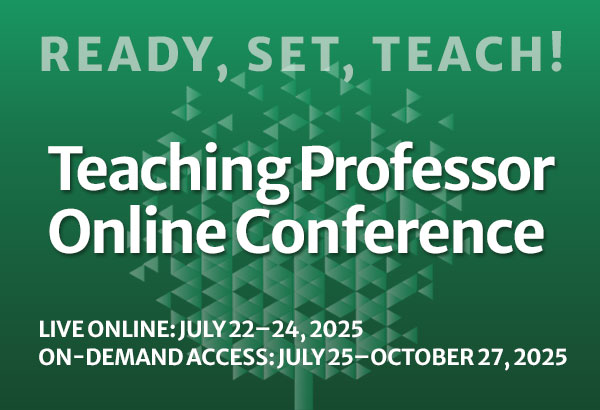
How Faculty Fool Themselves about Teaching and Learning
Last month I wrote about how students fool themselves into thinking they have learned concepts when they really haven’t. This month I focus on how faculty can fool themselves into thinking that they are teaching effectively when their students aren’t really learning.












